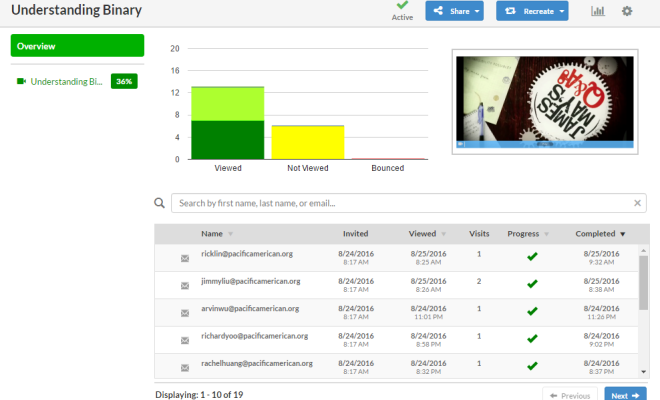Teaching Students About Tenderloin, San Francisco: A Journey Through History and Social Issues

Social Issues in Tenderloin
In order to address modern challenges associated with homelessness, poverty, addiction, and mental health disorders that are prevalent within Tenderloin San Francisco, educators should provide context for their students through a combination of historical facts and eyewitness accounts.
Students should be encouraged to visit the neighborhood in person or explore it through digital means such as Google Maps street view or community-made documentaries. In doing so, they will be able to see firsthand how these issues manifest in everyday life for residents of the neighborhood.
Additionally, interviews with experts in related fields or even individuals who have navigated the Tenderloin’s complex social landscape first-hand can provide a unique perspective to show the human consequences of these challenges.
Incorporating Art and Culture
The Tenderloin is not only known for its history and social issues but also the unique artistry and cultural offerings that have emerged as a result. Educators can include visits to local galleries, murals, and participatory art events like “Tenderloin Art Walk” to show how art can be an important form of self-expression and empowerment.
Documenting Personal Experiences
Encourage your students to document their experiences during their exploration of Tenderloin San Francisco, whether it is through photographs, journal entries, or interviews. This will allow them to reflect on their newfound understanding of the neighborhood in a personal way while also providing a platform for sharing their insights with others.
Conclusion
Teaching about Tenderloin San Francisco requires a comprehensive approach that combines history, art, culture, and personal accounts. By immersing students in the neighborhood’s complexities, you’ll provide them with the tools they need to explore important urban social issues and foster empathy for diverse urban communities.






